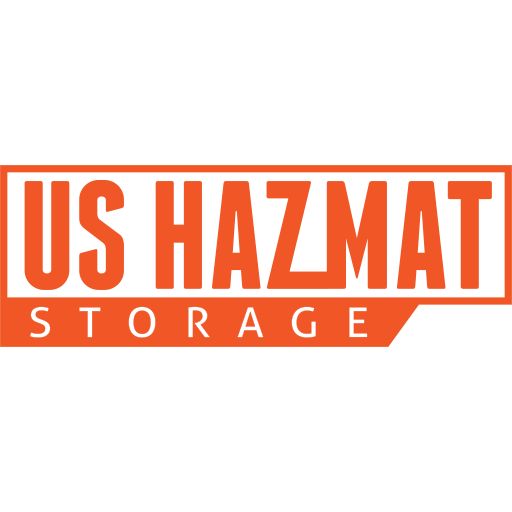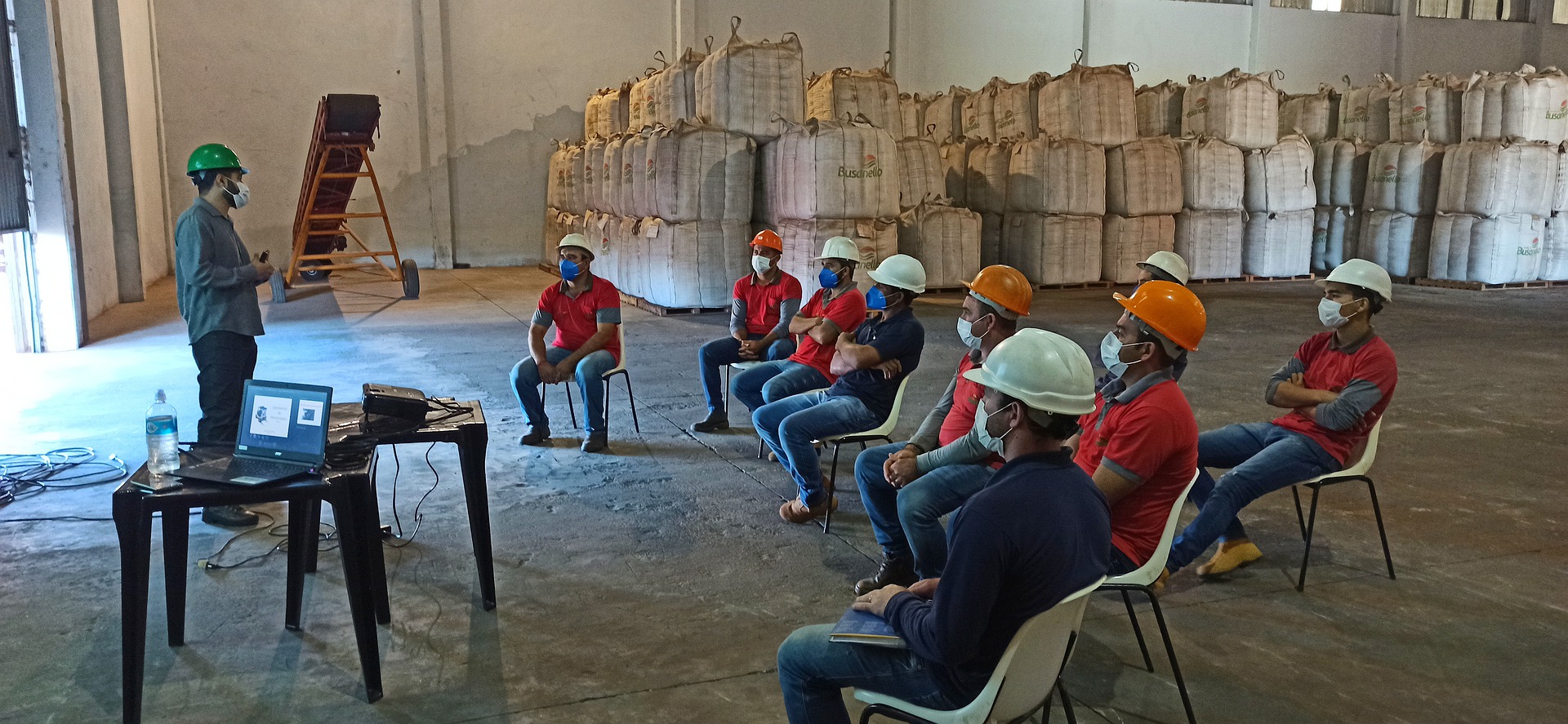Nothing ruins a project manager’s day like those sudden, unannounced visits from an OSHA inspector. Those unassuming bespectacled agents, armed with nothing more than a hardhat and clipboard, can quietly sneak into any jobsite. While such visits are an inconvenience to any bustling construction crew, their civil jurisprudence is necessary. OSHA agents help ensure workplace safety and compliance. Just like the tools of the trade, their oversight is crucial to American industry. In fact, its illegal to give unauthorized advance notice of an OSHA inspection. So in the spirit of transparency and workers’ safety, let’s review the top five most most frequently cited OSHA regulations.
5. Hazard Communication
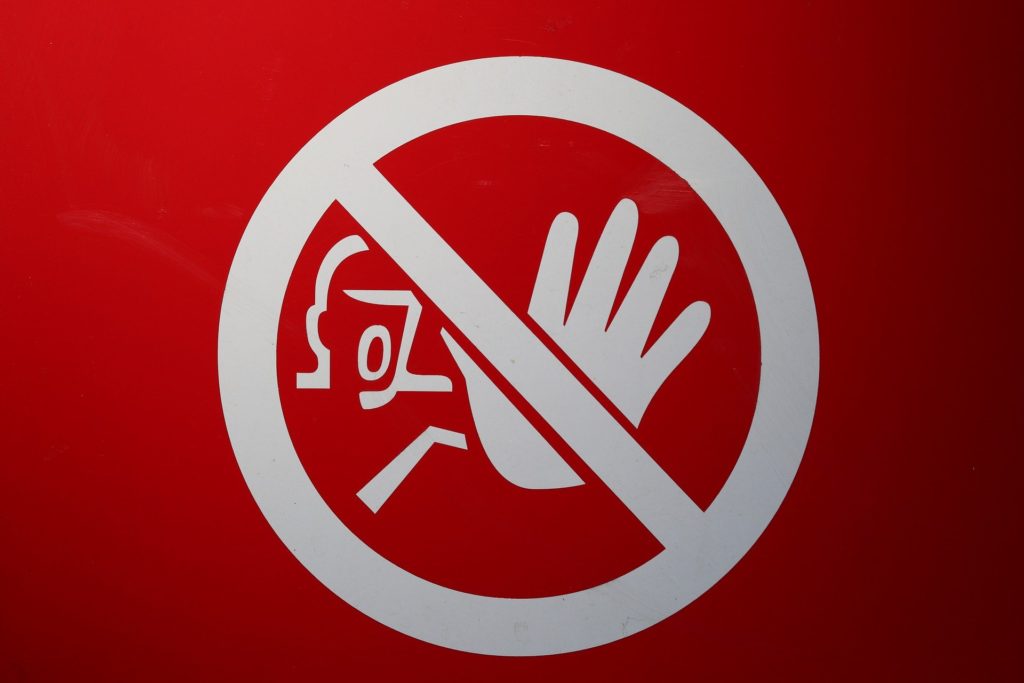
More often than not, sudden OSHA visits are preceded by a report or complaint of activities at a jobsite that might pose an immediate risk or danger to employees. Sometimes, OSHA will expedite an agent to the facility overnight, depending on the level of potential danger to employees. During the past year, OSHA data shows there were 1,947 violations related to hazard communication, which is a decrease from last year’s report of 3,199 violations. That record level of offenses was good enough for a No. 2 ranking in last year’s recorded violations.
‘Sign, sign, everywhere a sign.’ We can’t think of a better slogan to sum up worker safety. Proper communication, after all, is a must on the jobsite.
Through their thorough research and documentation, compliance officers found that having a written Hazard Communication Program and readily available safety data sheets were a struggle for most employers and project managers. OSHA requires that employers develop a safety data sheet for each hazardous material they produce, as well as handle. We understand that deciphering, let alone understanding the complex legal jargon of federal regulations is no easy task. Most project managers don’t speak ‘legalese.’ As a foreman, you have more important things to focus on. Like meeting a deadline or making sure employees aren’t slacking off on the job. The experienced engineers and building advisors at U.S. Hazmat Storage can remove this guess work and steer you in the right direction to the appropriate chemical storage locker that fits your needs.
4. Scaffolding
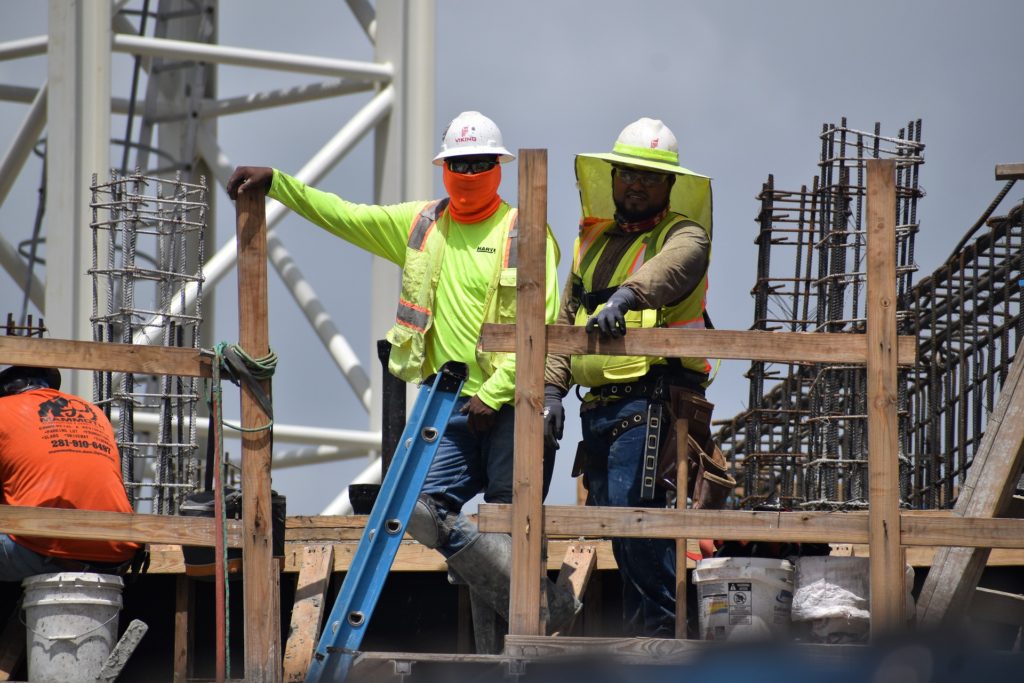
Falls are one of the leading causes of serious injury on the jobsite. While much of construction is based on the unshakable laws of physics, gravity isn’t always on our side. As the majority of construction is completed from the ground-up, scaffolding and elevated platforms are necessary to reproduce stable ground-level conditions. Such apparatuses prevent accidents and allow workers to relax and focus on the job at hand, instead of working in rather precarious conditions. There were 1,948 violations pertaining to scaffolding in FY2021, which is a decrease from last year’s mark of 2,538. Most of these violations ran the gamut from employers not providing proper fall protection to not securing scaffolding to prevent it from tipping over.
3. Stairways and Ladders
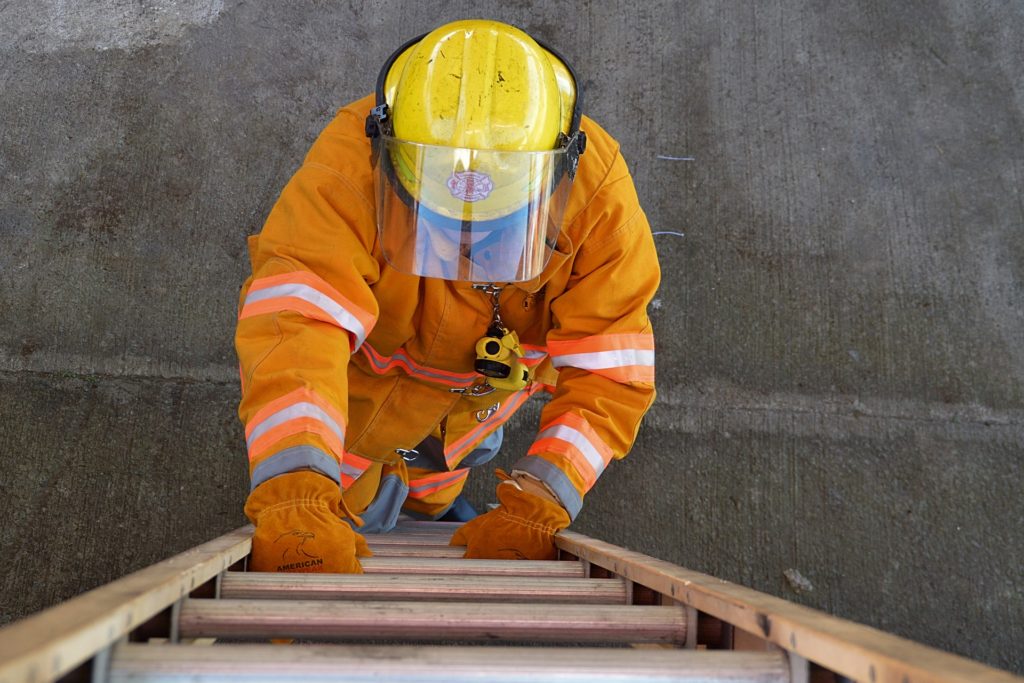
Ladders are some of the most misused tools on the jobsite. While these sturdy fixtures have been around for centuries, humanity can’t seem to master these simple conveyances. Intended to extend the natural abilities of earthbound workers, careless workers will forgo simple ‘Do’s and ‘Dont’s’ of ladder safety to save time. And as you could guess, the resulting cacophony of falling tools and flailing workers ends with a loud thud on the ground and an unexpected trip to the ER. How many times have we seen a rushed worker overextend themselves or stand on the top rung to reach a crooked nail or a blemish in a recent paint job? Then you have some of the true head scratchers, like the redneck engineers who attempt to tie two ladders together to make them longer. Darwinism is certainly on full display at many jobsites.
In 2021, ladder OSHA standard saw 2,026 violations, which is a slight decrease from the previous year. The most common culprits for these violations are below.
- Ladders were not being used for the purpose of their design
- Employees were using the top step of the ladder
- Ladders were being used on unstable or unlevel ground
- Employees were ascending ladders while carrying objects or large loads. Source: ohsonline.com
2. Respiratory Protection
If there was a silver lining to the COVID19 pandemic, it was the increased emphasis on worker safety and sanitation on the job. Unfortunately, not everyone heeded these warnings. The complete defiance to some of the COVID related protocols were appalling. Through its sheer ubiquity, the virus penetrated every facet of our daily lives. Masking mandates and cries for greater social distancing dominated every second of our demanding schedules. Work-life was no different. Most of the standard citations for worker safety were the result of newly implemented COVID regulations.

During the past year, there 2,527 violations related to respiratory protection. Most of the violations were due to the pandemic. Most commonly, OSHA found that employers were “not completing medical evaluations prior to handing out respirators.” Employers were also failing to conduct fit testing prior to use of respirators. While on the topic of respiration, we should note that our fire-rated chemical storage lockers are equipped with passive and optional mechanical ventilation units to prevent the dangerous accumulation of airborne toxins and other particles, such as dust and fumes, that could inadvertently start a fire.
1. Fall Protection
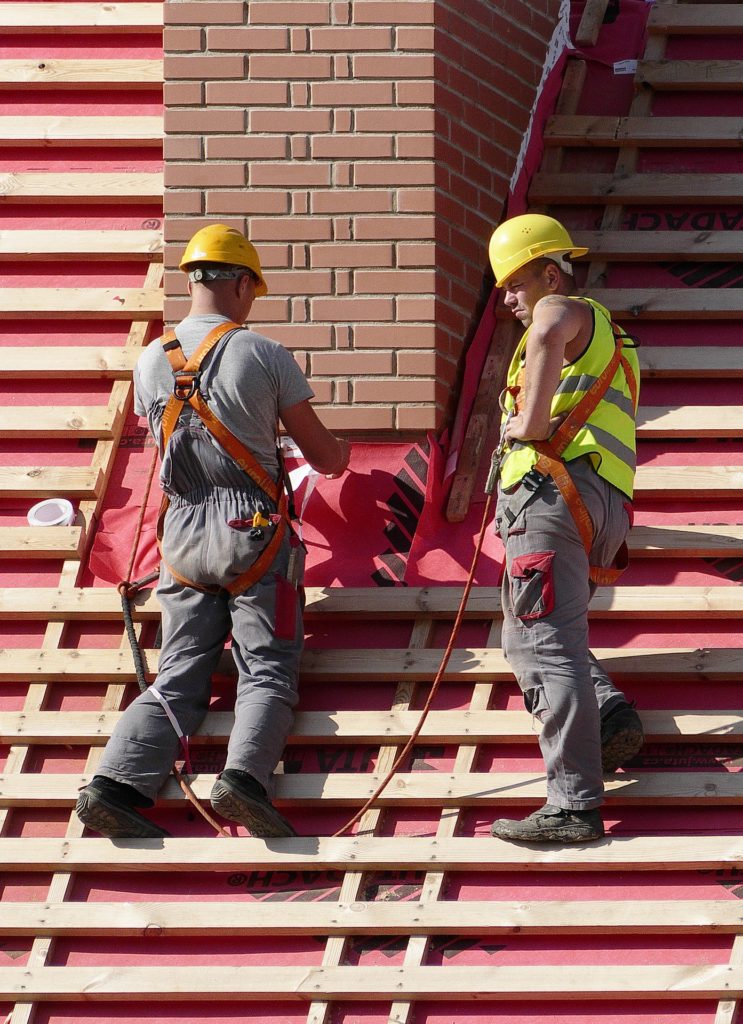
The reigning champ for most frequently cited OSHA regulations has returned for an 11th time. As we said before, falls, due to the improper use of safety harnesses and prevention equipment, is the Achilles’ heel of most industries. While roofers, riveters, and welders exhibit a certain deftness high above ground, they are not immune to the unbending laws of nature. One false step can, and has, send countless workers hurtling to the ground. Arrogance has no place on the jobsite. Preliminary data shows 5,295 violations for this safety standard. Most of the violations came from the absence of fall protection on sloped roofs and unprotected edges.
OSHA’s Top Ten Most Frequently Cited Regulations
- Fall Protection, general requirements (29 CFR 1926.501)
- Respiratory Protection, general industry (29 CFR 1910.134)
- Ladders, construction (29 CFR 1926.1053)
- Scaffolding, general requirements, construction (29 CFR 1926.451)
- Hazard Communication Standard, general requirements (29 CFR 1910.1200)
- Control of Hazardous Energy (Lockout/Tagout), general requirements (29 CFR 1910.147)
- Fall Protection – Training Requirements (29 CFR 1926.503)
- Eye and Face Protection (29 CFR 1926.102)
- Powered Industrial Trucks, general requirements (29 CFR 1910.178)
- Machinery and Machine Guarding, general requirements (29 CFR 1910.212)

